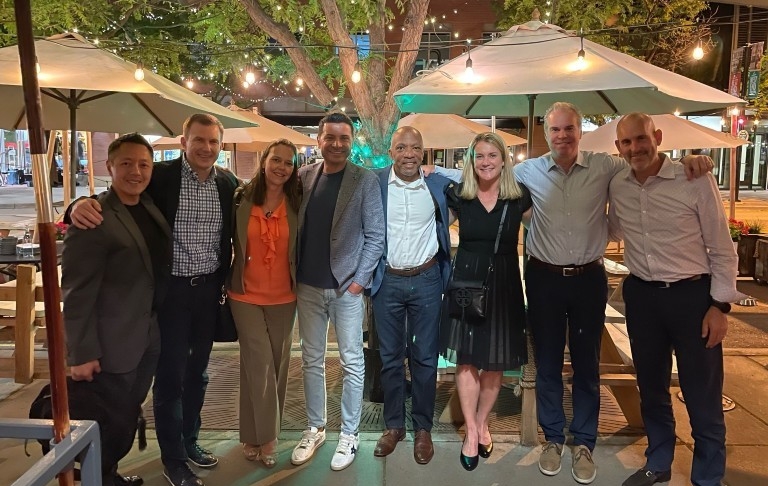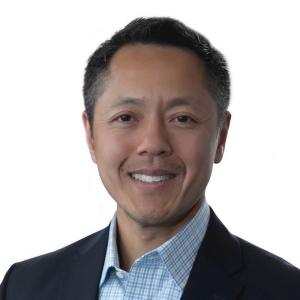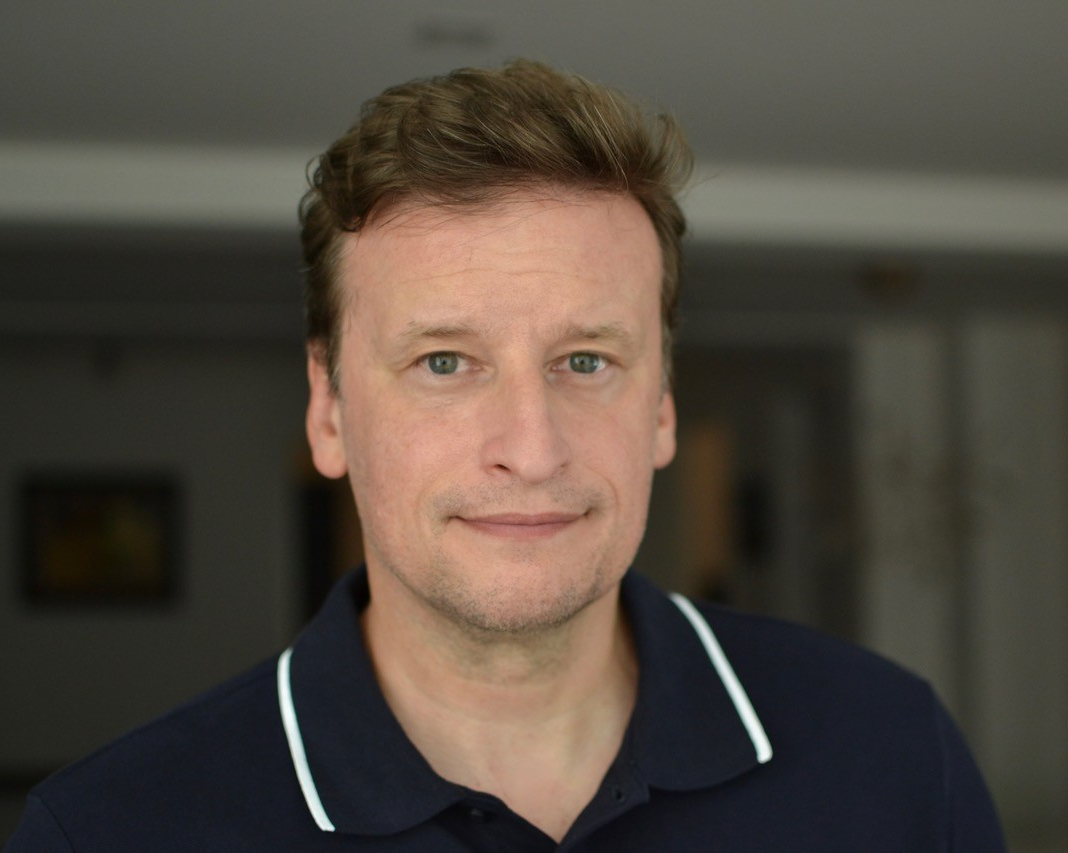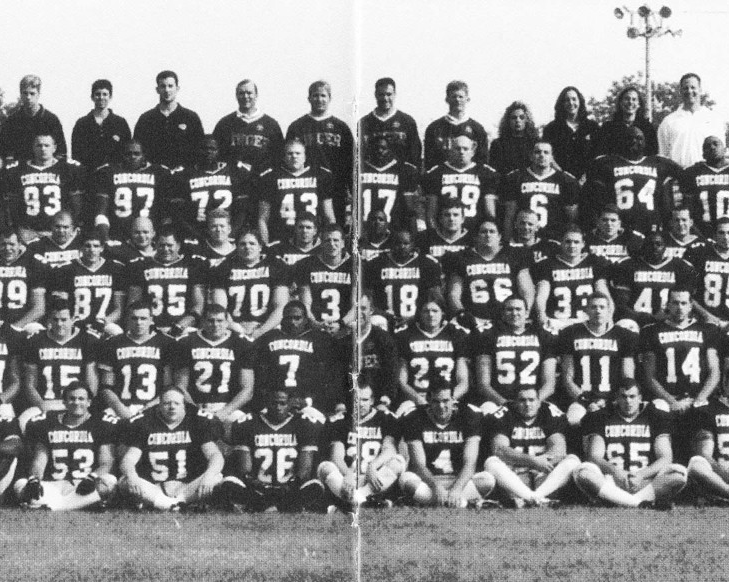After 18 years of work at Medtronic, Chan is focused on the strategic and operational oversight of the company and having a hand in a wide range of departments, including design, manufacturing, sales, and research and development of Medtronic’s patient-monitoring technologies.
Truly as palpable as a heartbeat, patient monitoring focuses on developing technology to enable patient safety by monitoring vital signs or other physiologic signals — think devices such as pulse oximetry, the clip on a patient’s finger to monitor oxygen saturation — that arise from medical procedures, arming clinicians with actionable insights.
“We have technology that predicts which patients might be at higher risk, and technologies that forewarn certain vital signs are trending so nurses or physicians can be alerted to attend to the patient before they go into serious respiratory arrest,” Chan explains.
The COVID-19 pandemic accelerated the need for this technology in order to reduce contact with the highly infectious disease. The technology allows for a smaller number of caregivers to manage more patients and continues to be useful when staff shortages in health care are increasingly acute.
Fundamental learning to tackle everyday issues
Chan says that in addition to support from his family, along with hobbies and interests to regroup mentally and physically, his formative days at Concordia gave him the foundational skills to weather challenges.
“A lot of people in positions like mine, who run sizeable companies, have a lot of challenges they have to deal with — and a lot of these challenges never have easy answers,” says Chan.
“One of the biggest things I learned about business acumen from my fundamentals at Concordia was problem solving. When you go through an engineering program as your fundamental training, your ability to problem solve becomes a little more systematic and methodical.”
And when the problems you solve means the difference between life and death, that training becomes indispensable.


 Chan (far left), pictured with Medtronic colleagues | Photo: Medtronic
Chan (far left), pictured with Medtronic colleagues | Photo: Medtronic
 “I’m motivated to make the biggest possible impact that I can,” says Chan. | Photo: Medtronic
“I’m motivated to make the biggest possible impact that I can,” says Chan. | Photo: Medtronic


